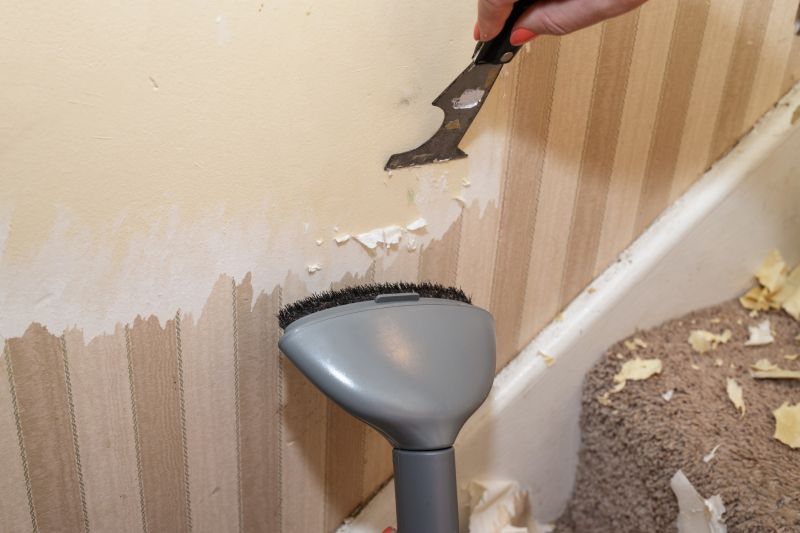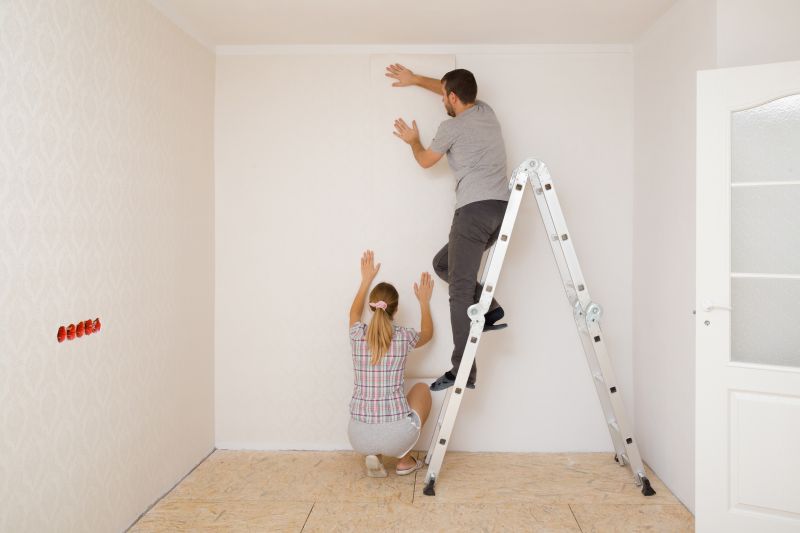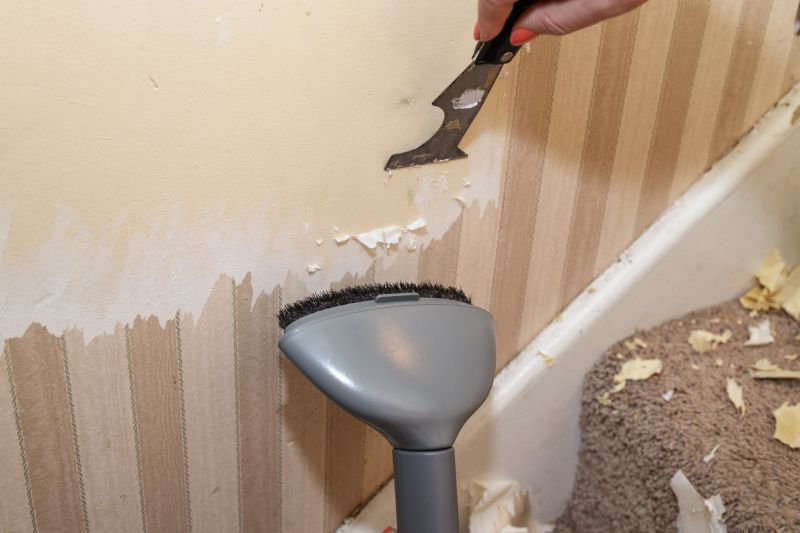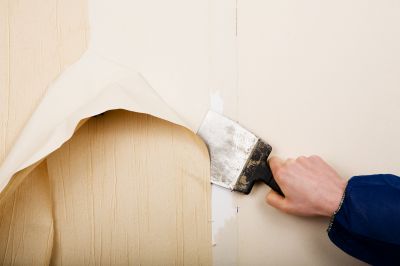Professional Wallpaper Removal Services
Removing wallpaper can significantly enhance interior aesthetics and prepare walls for new finishes. Professional wallpaper removal ensures the process is efficient, minimizes wall damage, and reduces the risk of mold or residue issues. Proper removal is essential for achieving a smooth surface suitable for painting or new wallpaper installation.



Statistics indicate that professional wallpaper removal can take between one to three hours per room, depending on the wall size and wallpaper type. Using specialized tools and techniques, professionals can remove wallpaper with minimal wall damage, reducing the need for extensive repairs afterward. This process typically involves scoring, soaking, and gentle peeling to ensure a clean surface.
The removal process begins with assessing the wallpaper type and wall condition. Then, a scoring tool punctures the wallpaper to allow removal solutions to penetrate. Soaking solutions are applied to loosen adhesive residues, followed by careful peeling. In some cases, steam or heat may be used to facilitate easier removal. After stripping, walls are cleaned thoroughly to eliminate any residual adhesive or paper fragments.
Hiring a professional for wallpaper removal offers several advantages. Professionals possess the expertise to identify and address potential issues such as wall damage or mold. They also utilize commercial-grade tools and techniques that speed up the process and ensure a high-quality finish. This reduces the likelihood of costly repairs and prepares the surface effectively for subsequent decoration.
Professional methods include scoring, soaking, and steam application to ensure thorough removal with minimal wall damage.
Post-removal cleaning and surface smoothing are critical for achieving a perfect finish for painting or new wallpaper.
Experts can complete wallpaper removal faster, reducing disruption and ensuring quality results.
Proper removal techniques prevent wall damage, saving costs on repairs and repainting.



At the conclusion of the removal process, walls are inspected for any remaining adhesive or paper remnants. Surface imperfections are addressed through sanding or patching, ensuring a smooth, clean surface ready for finishing. Proper preparation at this stage is crucial for achieving professional-quality results in subsequent decorating steps.
